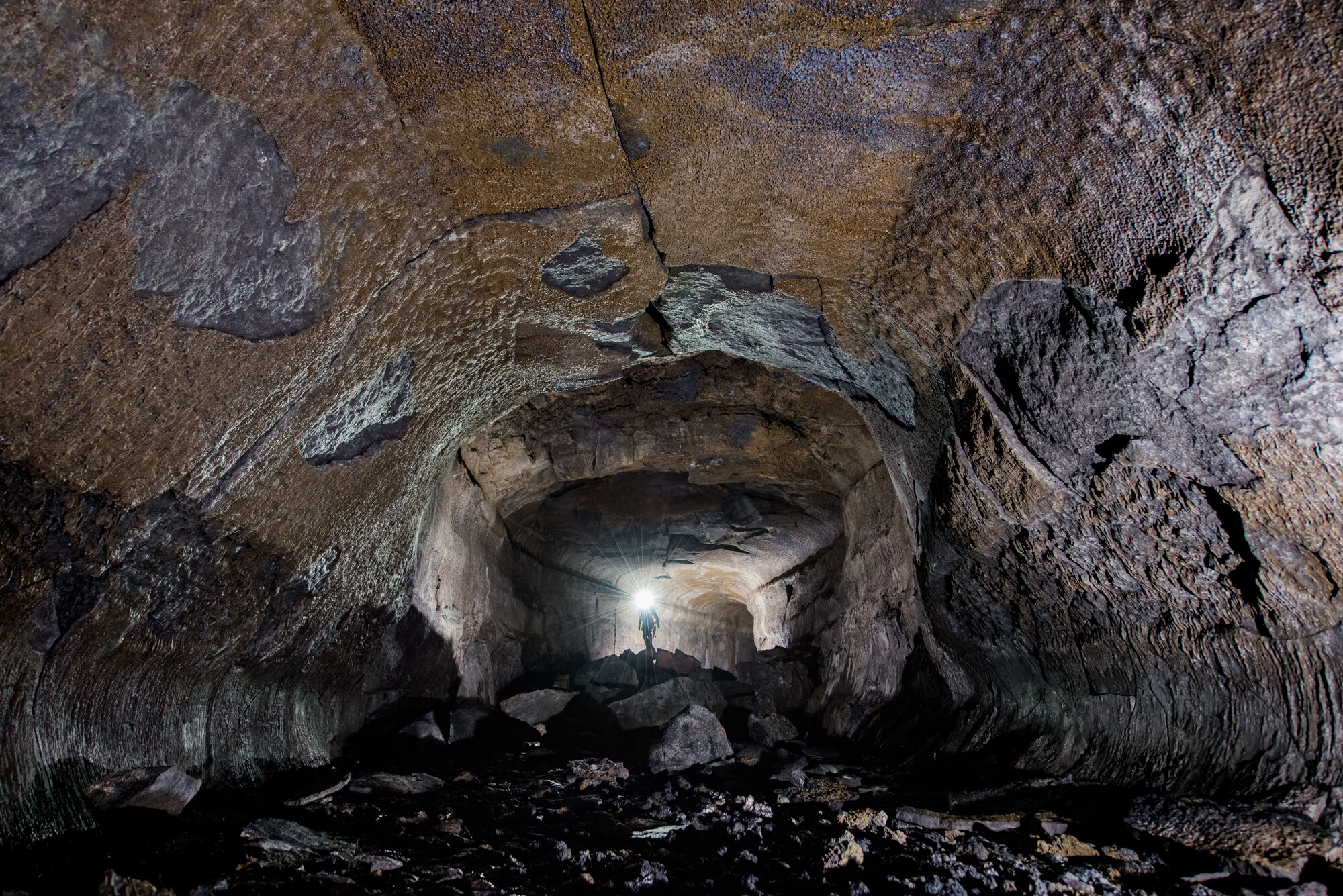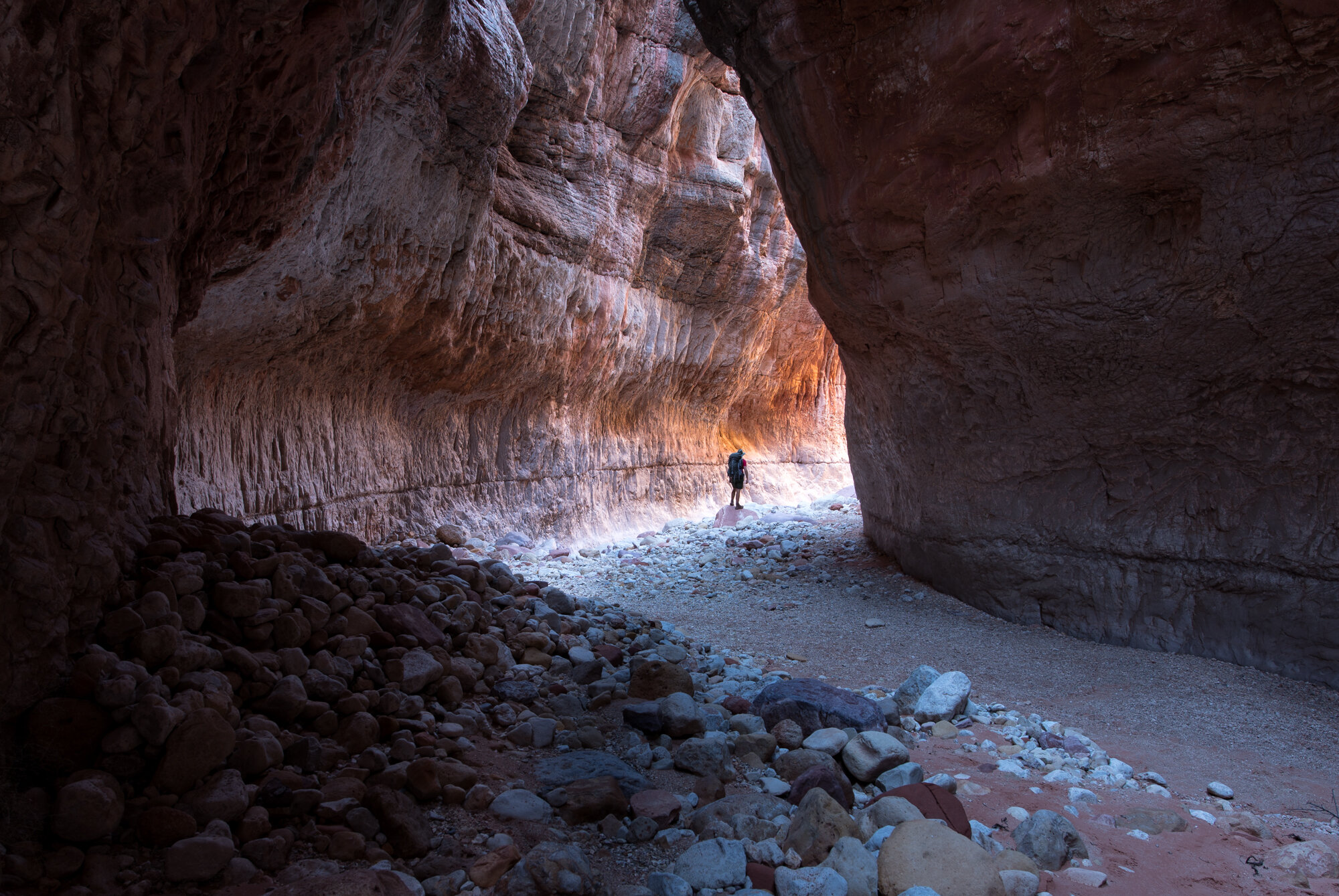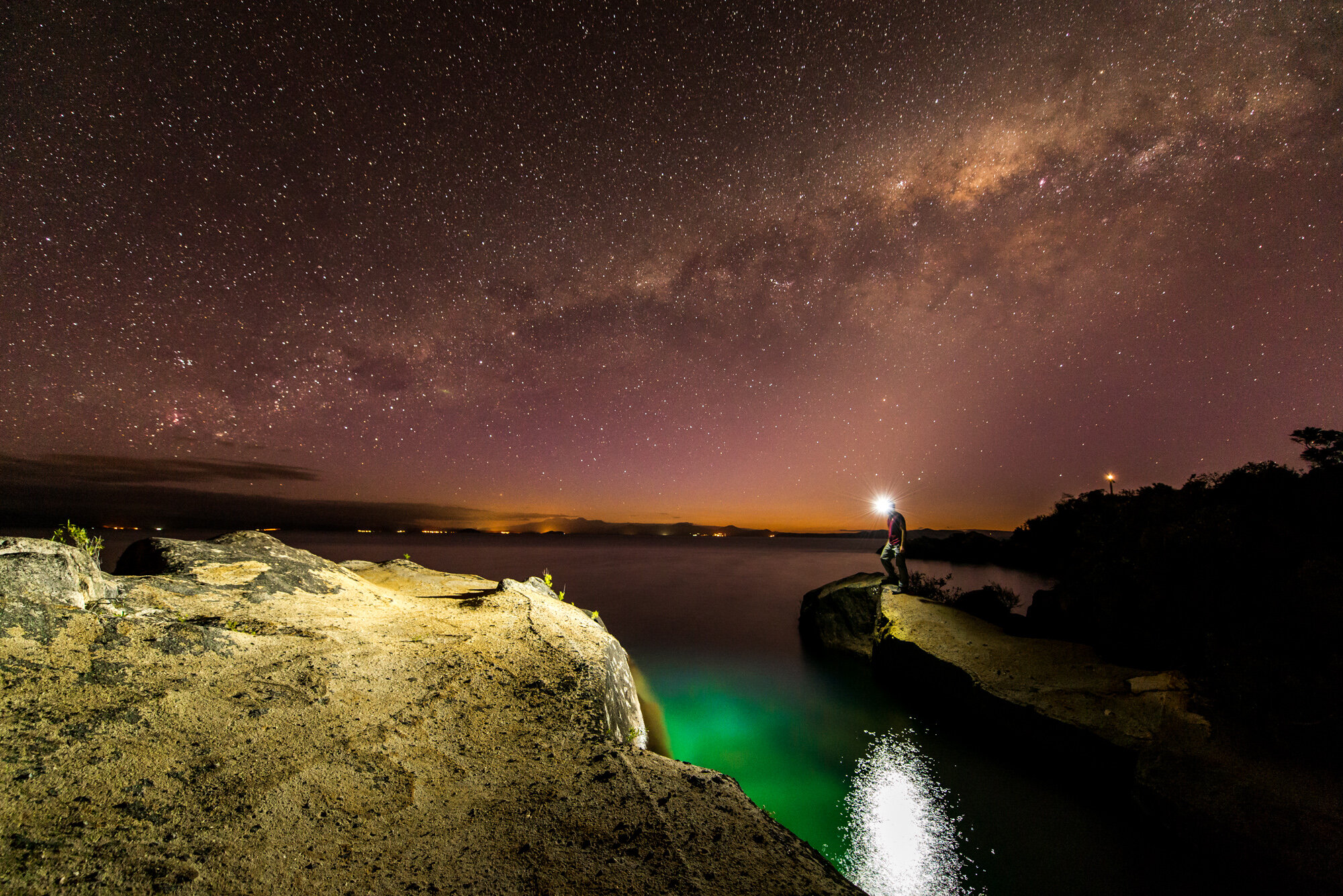If you want to do something, but can’t find anyone to go with you, just go do it. This is an attitude toward the outdoors I developed starting sometime in college, and it has served me well over the years. I grew up inhabiting outdoor spaces with my family. The first house I lived in was one my dad built in a small community in the cedar glades of middle Tennessee. My brother and I toddled around the dirt paths through the woods. We shimmied up trees and tried to catch snakes as we made our way from one neighbor’s house to the next collecting treats. When we were in elementary school my mom went back to college to get a bachelors, then masters in botany. We followed her around in forests and meadows asking: “what’s the REAL name of that plant?” (not satisfied with the unpronounceable Latin words). As we grew my parents kept taking us camping and hiking. I learned a lot from those outings. Lessons included the fact that an air mattress provides almost no insulation from the cold, and you should always carry water and snacks. Always.
Sometimes rustling sounds and sticks cracking make nervous at night, but mostly I’m at ease alone in the wild.
A trillium stands proudly alone on the banks of a creek in the Smokies.
In college, I had a hard time convincing friends to go camping or hiking, even though we were only 45 minutes from Great Smoky Mountains National Park. Only once did I succeed, when 2 friends and I lucked into a campsite in the park. We did some hiking, but the weekend was mostly centered around food. We cooked chili over the fire, then made pineapple upside-down cake in a Dutch oven. My family always ate pretty well on camping trips, but this was next level. My solo philosophy started forming after I failed to recruit anyone to join me for a trip the week of 4th of July my senior year. “I’m going anyway,” I decided and packed the camping gear I had just started to accumulate.
I pulled into the Cosby Campground in late afternoon and set up my massive four-person tent. I positioned my hand me down sleeping pad and newly acquired sleeping bag in the middle of the cavernous space. I went to the ranger-led evening program, a sparsely attended bear safety talk, then made a fire to cook dinner. For some reason, perhaps my lack of stove, pots, pans, or utensils, I thought it was a good idea to keep things as simple as possible. I opened a can of black beans and set it on the grill over the fire. I removed it when it started to bubble, added some hot sauce, and started spooning it into my mouth. I loved beans and rice with spices and peppers, so I assumed I’d like beans and hot sauce. I was wrong. They were astoundingly bland, and so filling I could barely finish the can.
In the morning I plotted out my first ever solo hike, a big loop that traversed a ridge. I set off up the steep grade, passing a father and son who were the only people I saw for the remainder of the hike. For the first hour or so snippets from the previous night’s bear talk rang in my head and I was worried about running into a bear around every corner. Soon, though, I got lost in the emerald shroud of the forest and the rhythm of my footsteps, and my fears faded. I watched a huge, bright orange salamander trundle across the trail. I saw big, showy wildflowers bobbing in the breeze. Then, as I was making my way down a series of switchbacks, I rounded a corner and found myself staring into the curious eyes of a black bear. From 30 feet apart we locked gazes. Minutes went by. My heart pounded. Just as I was about to raise my arms and start shouting, the bear seemed to lose interest and tromped off into the undergrowth.
The confidence I gained from that experience - spending a night out alone, hiking long distances in tough terrain, and facing down a bear and realizing it couldn’t be less interested in me - propelled me to many more solo wilderness experiences. I drove alone across the country for an internship at Lava Beds National Monument. I went on my first backpacking trip in Redwoods National Park. I walked thousands of miles, almost exclusively by myself, in parks and wilderness areas from Washington to South Carolina. I hiked to some of the most remote parts of Grand Canyon with only the company of my footfalls, and maybe a podcast or two. I spent 4 months traveling mostly alone through New Zealand. And when friends or folks I worked with complained about not having anyone to go hiking with, I encouraged them just to go by themselves. I didn’t understand their reluctance to be alone outdoors.
As a white male I have almost nothing to fear in the outdoors, or in the world in general. The few times I have been afraid in the outdoors it has been because of other white males carrying guns or behaving strangely. The first time I glimpsed a different perspective was when my friend Nico, who I worked with at Lava Beds, got a job checking game at a National Wildlife Refuge. He told me many stories of facing racist comments, and even threats from hunters who didn’t like having their game checked by a person with brown skin.
Nico getting ready for a splashy rappel in the San Gabriel Mountains
A cold night in the Rocky Mountains
The next time was during a trip to Redwoods with my partner Ceili. We were making dinner by the light of our headlamps at a picnic area marked “Day Use Only.” It was early spring, and the sun had set early. A ranger vehicle pulled up and two law enforcement officers stepped out. Ceili tensed immediately. They seemed a bit suspicious of us and asked a few questions. At one point they yelled for Ceili not to put her hands in her pockets. They informed us that “day use” meant dawn to dusk but allowed us to finish our dinner and helped us find a campsite. In the end they were kind to us, but the encounter left Ceili shaken. I wondered how I might have reacted differently had I not been a park service employee for many years.
In the wake of the murders of George Floyd, Breonna Taylor, Ahmaud Arbery, and so many others, I and my coworkers on the North Rim have been examining the impacts of systemic racism on the outdoor community. I’ve learned a lot of things that I should have already known. One of the early influential conservationists, Madison Grant, also authored a white supremacist book called “The Passing of the Great Race,” which Adolph Hitler called “my bible.” His ideas helped to shape the National Park Service and conservation principles for the next century. Gifford Pinchot, the first head of the US Forest service, was a member of the advisory council of the American Eugenics Society. Theodore Roosevelt, considered by many to be the father of American conservation, was a proponent of eugenics and blatantly racist, especially toward indigenous people. These men, and others, deliberately made national parks and forests into white spaces, a haven where white people could commune with nature and avoid people of color. The park service logo itself is a symbol of oppression and cultural appropriation. The logo of the park service depicts symbols that are sacred to tribes across the country whose land was stolen and culture destroyed to create national parks. Public lands are billed as open to all, but it is no wonder that so many people feel that they are inaccessible.
Outdoor spaces continue to be safe places for me to experience alone. I still run, hike, and backpack by myself on public lands, but I will never again question why someone else doesn’t feel safe doing so. The outdoor community mirrors our country as a whole. It has been influenced by systemic racism and white supremacy the same way our police, school, and housing systems have. For everyone to feel safe in the outdoors so much needs to change. For me, it starts with examining my privilege, understanding other perspectives, then acting to make the spaces where I feel most at home welcoming to others.
Sources:
Environmentalisms Racist History
Ethnic Cleansing and America’s Creation of National Parks









